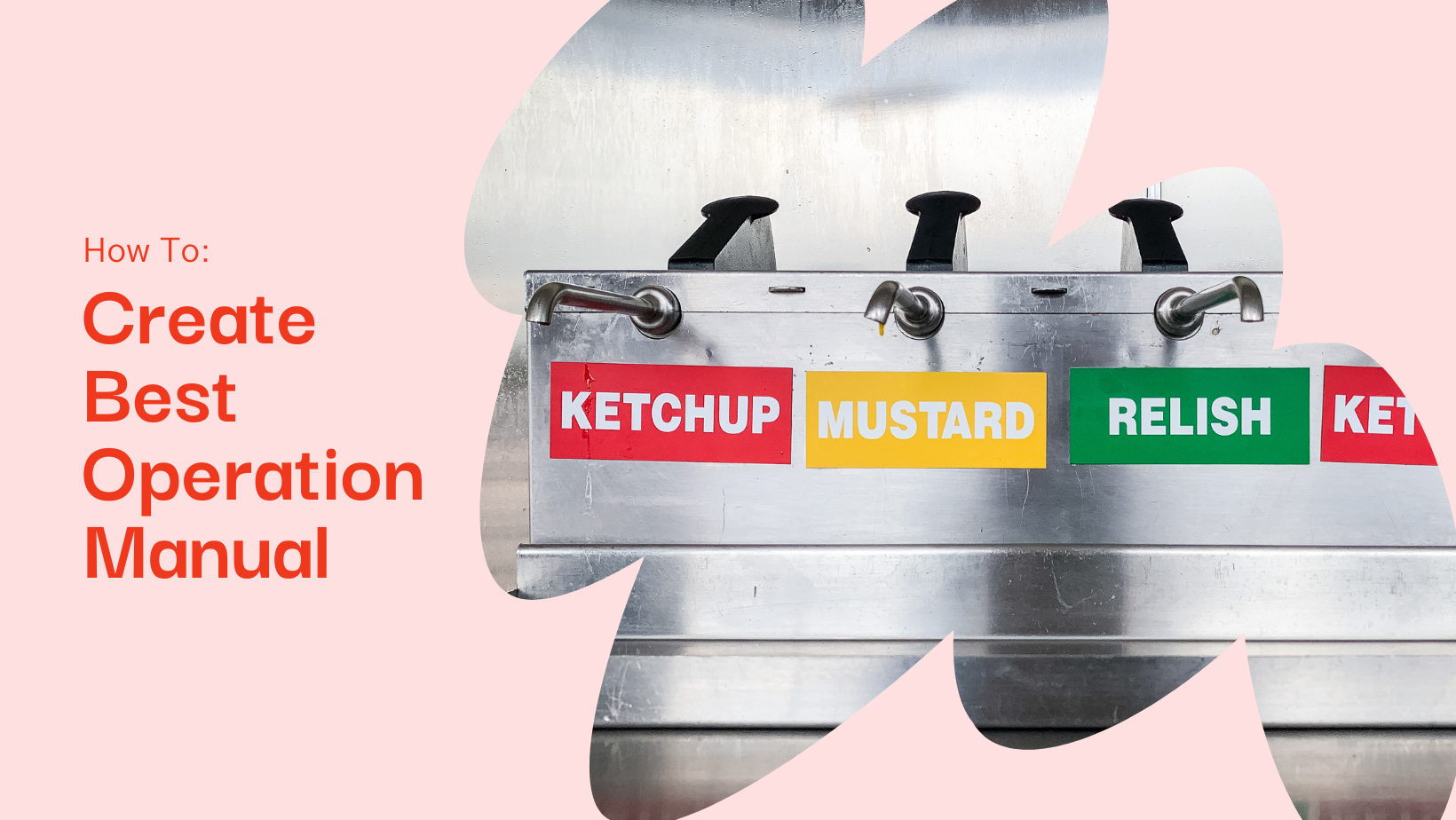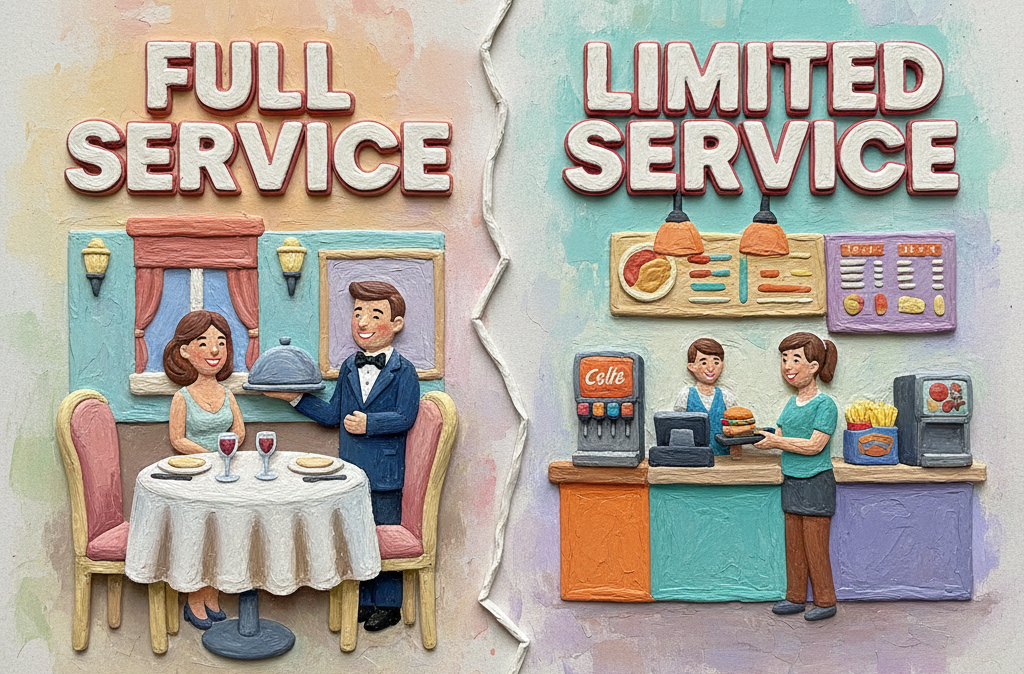What is an Operation Manual?
An operation manual sometimes referred to as a Standard Operating Procedures (SOPs) manual, is essentially a comprehensive document that encapsulates all the essential information and protocols necessary for the smooth functioning of a restaurant. It acts as a guidebook for employees, providing them with clear instructions on how to carry out their tasks effectively and efficiently.
Definition and purpose: The operation manual serves as a repository of information regarding various aspects of restaurant operations, including but not limited to, food preparation, customer service, inventory management, safety procedures, and administrative tasks. Its primary purpose is to ensure consistency in operations, minimize errors, enhance productivity, and uphold the restaurant’s standards.
Importance and benefits: An operation manual plays a crucial role in maintaining consistency across all areas of the restaurant. Providing clear guidelines and procedures, helps to standardize operations, ensuring that every task is performed in the same manner regardless of who is carrying it out. This consistency is essential for delivering high-quality products and services consistently, which in turn contributes to customer satisfaction and loyalty. Additionally, an operation manual serves as a valuable training tool for new employees, providing them with the necessary guidance to quickly get up to speed with their roles and responsibilities.
Within the operation manual, you might find detailed procedures for food safety, including guidelines for receiving, storing, and handling food to maintain hygiene standards. This section will outline the specific steps that employees need to follow to ensure that food is handled safely and hygienically at every stage of the process.
Creating an Effective Operation Manual
Start with an Outline
Before diving into the nitty-gritty details, it’s essential to have a clear structure for your operation manual. This involves breaking down the restaurant’s operations into different departments or sections, such as front of the house, back of the house, bar, kitchen, etc. Each department should then be further divided into specific tasks and procedures that need to be documented.
Example: For the front-of-the-house department, you might have sections dedicated to host/hostess duties, server responsibilities, cash handling procedures, customer service protocols, etc. This helps to organize the information and make it easier for employees to locate the relevant information when needed.
Document Each Process
Once you have outlined the structure of your operation manual, it’s time to start documenting the processes and procedures for each task. This involves using clear and concise language to explain each step of the process, avoiding unnecessary jargon or complex terminology that might confuse employees.
Clear and Concise Language: The language used should be simple and straightforward, ensuring that all employees can understand the instructions without difficulty. Avoid lengthy paragraphs and break down information into smaller, more manageable sections to make it easier to digest.
Step-by-Step Procedures: Each process should be broken down into sequential steps, with clear instructions on what needs to be done at each stage. Include any equipment or materials that are required, as well as any safety precautions or specific protocols that need to be followed.
Visual Aids: In addition to written instructions, consider using visual aids such as flowcharts, diagrams, or illustrations to further clarify complex processes. For example, a flowchart showing the order processing system from taking orders to food preparation and delivery can help employees visualize the steps involved and understand how they fit together.
Include Policies and Guidelines
In addition to documenting specific procedures, your operation manual should also include the restaurant’s policies and guidelines on various matters, such as dress code, customer service standards, reservation procedures, etc.
Policies: These are the overarching rules or principles that govern how the restaurant operates. This might include policies on employee conduct, dress code requirements, hygiene standards, etc.
Guidelines: Guidelines provide more detailed instructions on how to handle specific situations or scenarios that employees may encounter during their work. For example, guidelines for customer service might include tips on active listening, handling difficult customers, resolving complaints, etc.
Regularly Update the Manual
An operation manual is not a static document; it needs to be updated regularly to reflect any changes in processes, technology, regulations, or best practices. Designate a staff member or team responsible for reviewing and updating the manual on a regular basis to ensure that it remains current and relevant.
Revision Date: One way to ensure that employees are always working with the most up-to-date version of the manual is to include a revision date on each page. This makes it easy to track when changes were made and ensure that outdated information is not being followed.
Make it Accessible
Finally, make sure that your operation manual is easily accessible to all employees. Provide both printed and digital copies of the manual, and consider using an online platform or intranet system for easy access and updates.
Accessibility: Make sure that all employees know where to find the operation manual and how to access it when needed. Consider providing training or orientation sessions to familiarize new employees with the manual and its contents.
User-Friendly Format: Choose a format that is easy to navigate and search, whether it’s a printed document, PDF file, or online platform. Use headings, subheadings, and bullet points to break up the text and make it easier to scan for information.
Crafting an effective operation manual is a critical step in ensuring the smooth and efficient running of your restaurant. By providing clear guidelines and procedures, you can improve consistency, minimize errors, and enhance the overall guest experience. Take the time to create or update your operation manual today, and reap the benefits of a well-organized and structured approach to restaurant operations.




